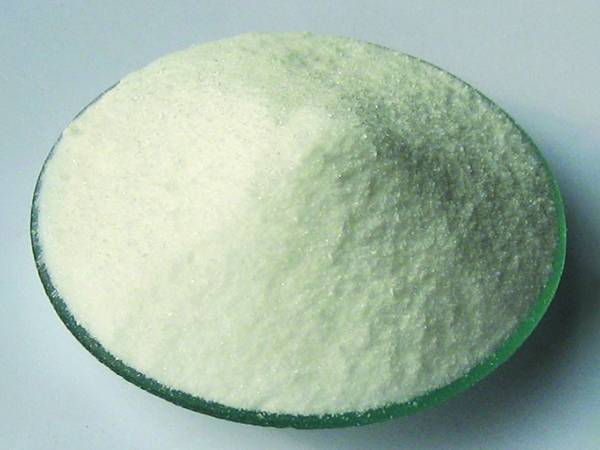



Aqueous Solutions of Lead II Nitrate and Their Applications in Chemical Research
Aqueous Lead(II) Nitrate Properties, Uses, and Environmental Concerns
Aqueous Lead(II) Nitrate Properties, Uses, and Environmental Concerns
One of the notable characteristics of lead(II) nitrate in its aqueous form is its high solubility in water, which allows it to be easily used in various chemical reactions and applications. In the laboratory, it serves as a reagent in the synthesis of other lead compounds and is particularly useful in educational settings for demonstrating chemical reactions. For example, when mixed with potassium iodide, lead(II) nitrate forms a bright yellow precipitate of lead(II) iodide, showcasing a classic example of a double displacement reaction.
aqueous lead ii nitrate

In addition to its educational applications, aqueous lead(II) nitrate has been utilized in the production of lead-based paints, glass, and ceramics. Its ability to enhance the refractive index of glass and provide vibrant colors makes it valuable in the manufacturing industry. However, with the growing concerns regarding the toxicity of lead and its compounds, many industries are moving away from lead-based materials. Regulations and environmental policies are increasingly restricting the use of lead, leading to a decline in products that contain lead(II) nitrate.
Despite its historical significance and practical applications, the presence of lead(II) nitrate in the environment raises serious health and ecological concerns. Lead is a well-known neurotoxin, and exposure can lead to various health problems, particularly in children, including developmental issues and cognitive impairments. The release of aqueous lead(II) nitrate into water sources can contaminate drinking water and harm aquatic life. Consequently, stringent monitoring and remediation efforts are in place in many regions to prevent lead contamination and ensure public safety.
In conclusion, aqueous lead(II) nitrate is a compound with a range of chemical and industrial applications. While it has played a vital role in various sectors, the health and environmental risks associated with lead compounds necessitate cautious handling and usage. Advances in materials science continue to search for safer alternatives that can replace lead(II) nitrate and other lead-based materials, underscoring the importance of balancing utility with safety in the pursuit of innovation. As awareness of environmental issues grows, the focus on sustainable practices in chemistry becomes ever more critical.
-
Why Strontium Carbonate Still MattersNewsJun.06,2025
-
Why BaSO4 MattersNewsJun.06,2025
-
Why Barium Carbonate Still MattersNewsJun.06,2025
-
Strontium Hydroxide: A Versatile Compound for Modern ApplicationsNewsJun.06,2025
-
Strontium Chloride in Daily IndustryNewsJun.06,2025
-
Pure Potassium Nitrate for SaleNewsJun.06,2025
-
What Is Sodium Bisulfate Used For?NewsMay.15,2025










